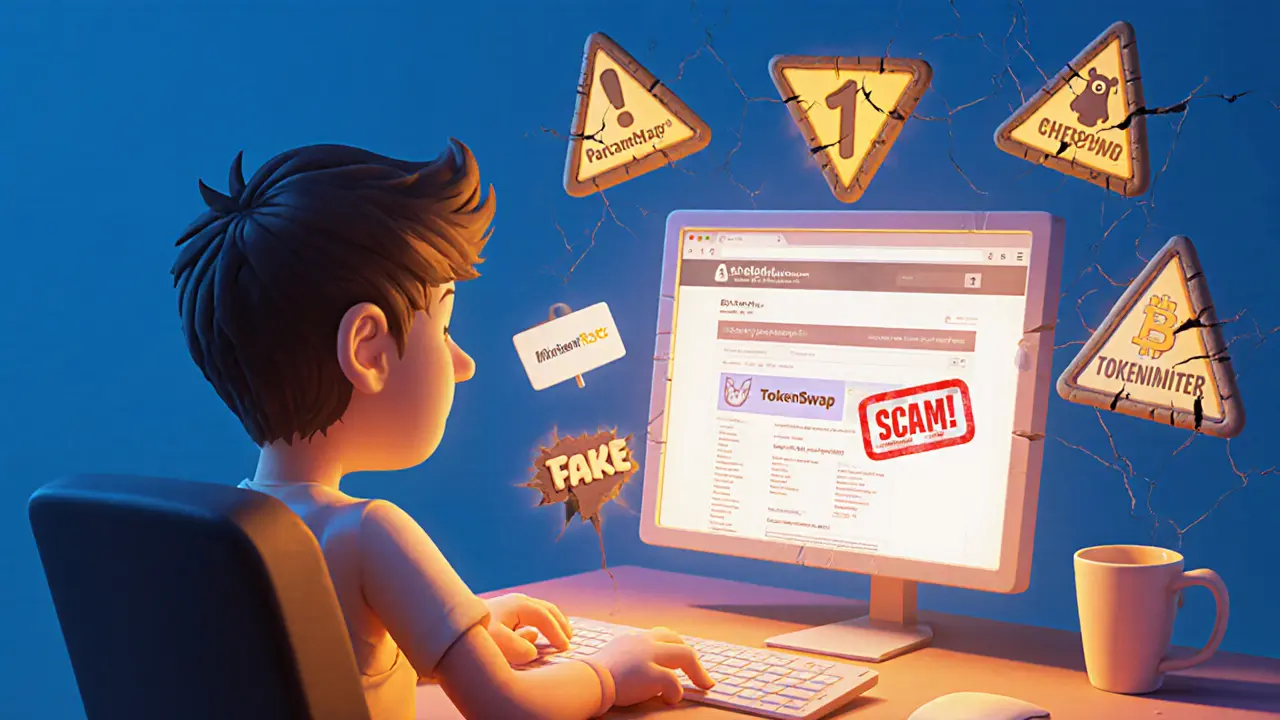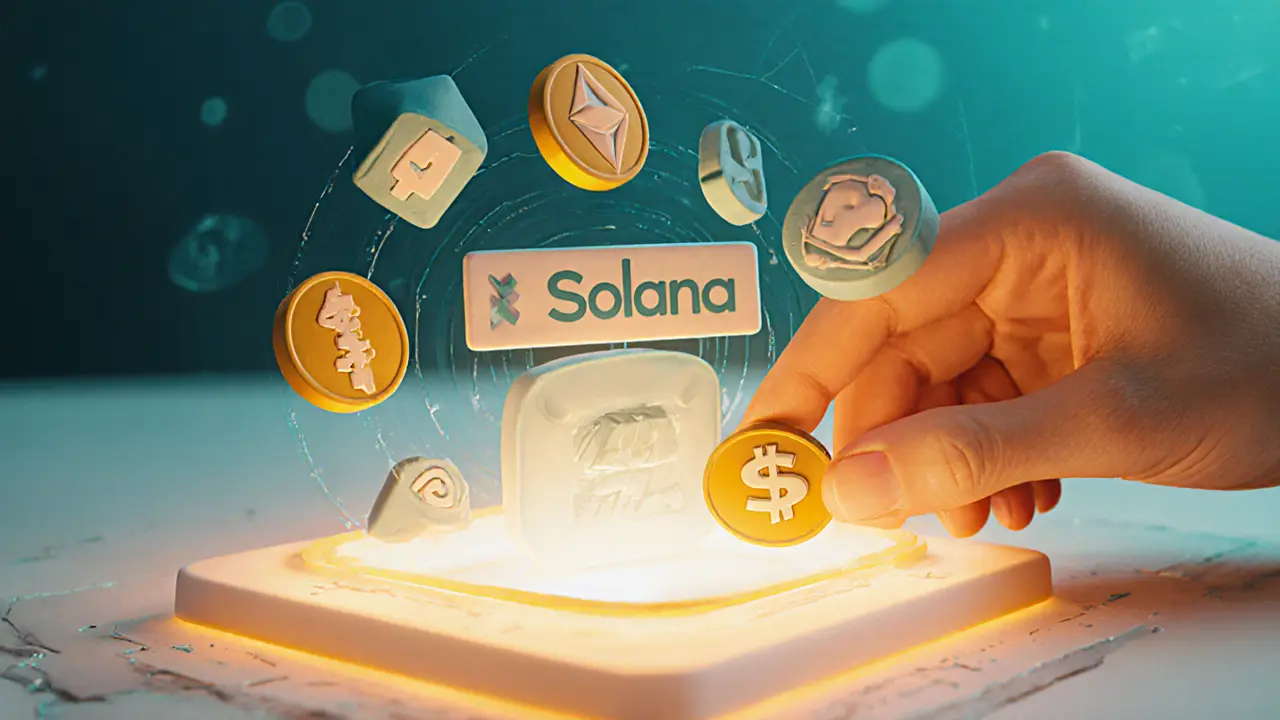Crypto Exchange: What They Are, How They Work, and Which Ones to Avoid
When you buy Bitcoin, swap Ethereum for Solana, or try to cash out your crypto earnings, you’re using a crypto exchange, a platform that lets you trade digital assets for other cryptocurrencies or fiat money like USD or EUR. Also known as a cryptocurrency exchange, it’s the bridge between your wallet and the real-world value of your coins. But not all crypto exchanges are built the same. Some are secure, regulated, and transparent—like NDAX, which serves Canadian users with clear fees and institutional-grade security. Others are risky, unregulated, or outright illegal, like Blockfinex, which hides its trading volume and skips security audits. Choosing the wrong one can cost you your funds—or worse, land you in legal trouble.
There’s a big difference between a crypto exchange, a platform for trading digital assets and a decentralized swap like STON.fi v2, a fast, low-fee DEX built only for the TON blockchain. Centralized exchanges hold your keys and process trades on their servers. Decentralized ones let you trade directly from your wallet, but they’re often limited to one blockchain. If you’re in Russia, you can’t use Garantex or Exved—they’re sanctioned and could get you prosecuted. If you’re in Angola, mining gear got seized because the government banned crypto mining to save electricity. And if you’re looking for zero slippage trades, NovaEx claims to offer it, but does its insurance model actually hold up? These aren’t just technical differences—they’re survival tools.
What you find in this collection isn’t a list of top exchanges. It’s a map of the minefield. You’ll read about exchanges that vanished overnight, platforms that trick users with fake volume, and ones that actually work for real people. You’ll learn why some crypto exchanges are banned in entire countries, how governments seize coins, and why a low-fee DEX like STON.fi v2 might be perfect for TON users but useless if you trade Bitcoin or Ethereum. Whether you’re trying to avoid scams, understand regulation, or find a safe place to trade, the posts here give you the facts—no fluff, no hype, just what you need to know before you click "Buy".
SkullSwap Crypto Exchange Review: Is This Fantom DEX Worth Using in 2025?
SkullSwap is a nearly inactive Fantom DEX with minimal liquidity, no audits, and zero community support. Avoid it for trading - use SpookySwap or Uniswap instead.
Minter (BSC) Crypto Exchange Review: What You Need to Know in 2025
There is no crypto exchange called Minter (BSC). Learn what the term really means, how token minting works on BSC, and which real platforms to use instead - plus how to avoid scams in 2025.
FLATA Exchange Crypto Exchange Review: Is It Safe or Just Another Scam?
FLATA Exchange shows all signs of a crypto scam: no official presence, no user reviews, no regulation. Learn how to spot fake exchanges and protect your funds in 2025.
Changelly Pro Crypto Exchange Review: Speed, Fees, and What You Really Get
Changelly Pro is a fast, transparent crypto exchange for swapping over 1,000 cryptocurrencies with a flat 0.25% fee. Perfect for cross-chain trades, but not available in the U.S. or U.K.



